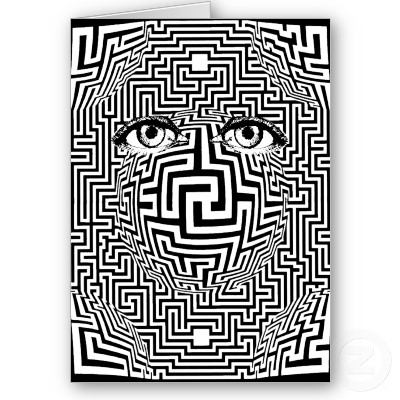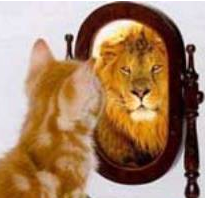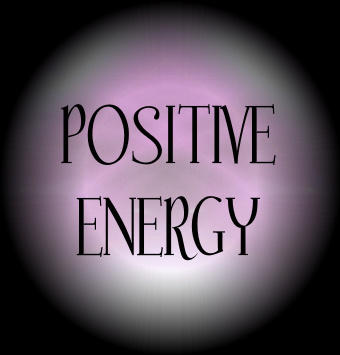Making Sense of Crazy Behavior in Organizations
Tuesday, September 20th, 2011 As a adviser I often work with leaders or other professionals that are struggling to make sense of what seems to be crazy, counter productive and even irrational behavior in their organizations. This “crazy behavior” messes with everything from making good decisions and implementing change to treating customers well. Cognitive designers can play an important role in such situations by bring models of how minds work to bear on the problem, identifying the type of dysfunctional thinking in the context, determining root causes and implementing intervention that mitigate or leverage it.
As a adviser I often work with leaders or other professionals that are struggling to make sense of what seems to be crazy, counter productive and even irrational behavior in their organizations. This “crazy behavior” messes with everything from making good decisions and implementing change to treating customers well. Cognitive designers can play an important role in such situations by bring models of how minds work to bear on the problem, identifying the type of dysfunctional thinking in the context, determining root causes and implementing intervention that mitigate or leverage it.
Sounds a bit like therapy and it is. Indeed, some of the best tools for tackling this challenge come from cognitive-behavioral therapy (CBT). In CBT the therapist assumes the patient’s unwanted behavior is being generated by faulty or counter productive beliefs or thinking patterns. The therapist work to surface and change the counter productive thinking pattern in order to end or modify the unwanted behavior. CBT has be very successful over the last 20 years on everything from depression to obsessive compulsive disorder to anxiety, grief and even procrastination.
CBT is no silver bullet but it does offer the cognitive designer many field tested frameworks and tools for understanding how minds are working. For example, cognitive distortions or the thinking patterns that are often at the root cause of counter productive behaviors is an extremely value tool. For an introduction check out, 15 common Cognitive Distortions, on the PsychCentral blog. The post gives you a quick definition of common distorts such as over generalizing, black-and-white thinking and the fallacy of fairness. I often use this list when first introducing the idea to a client because they can immediate recognize them at work in their context. Suddenly the crazy behavior begins to make a little sense.
Of course spotting cognitive distortions in action is one thing, figuring out how to mitigate or even leverage them is another.
Interested to hear from readers that use cognitive distortions in their consulting, teaching or innovation practices.








